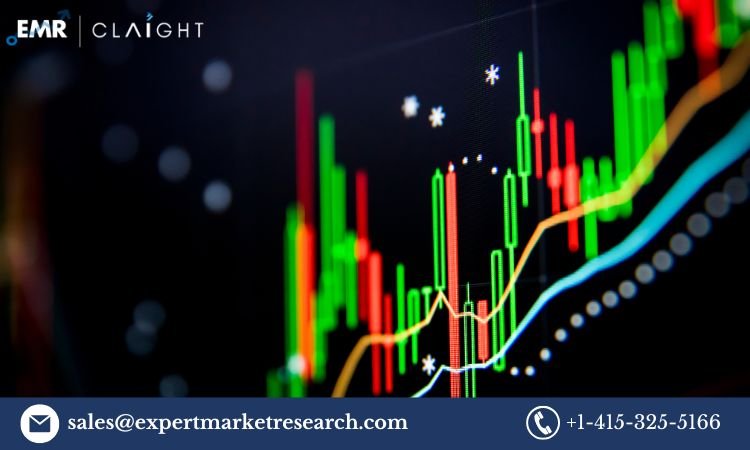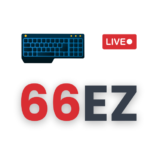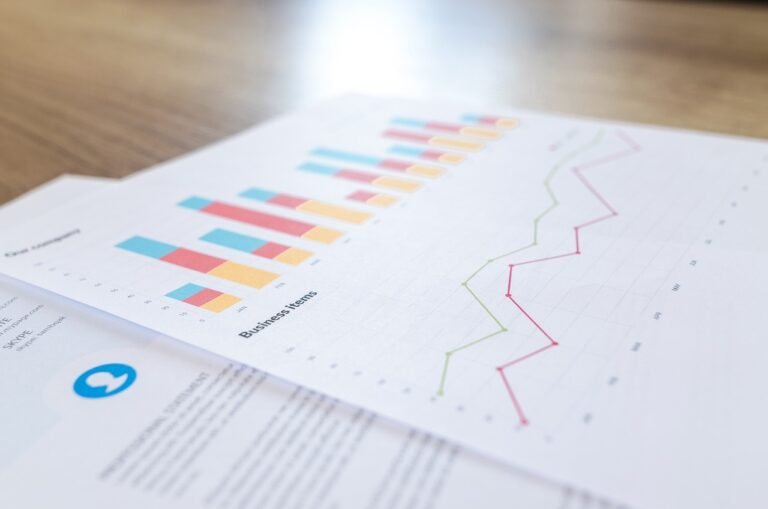
The Trade Surveillance System Market plays a crucial role in maintaining transparency, compliance, and integrity in the global financial ecosystem. These systems are designed to monitor trading activities, identify suspicious behavior, and ensure that financial institutions meet regulatory requirements. The Trade Surveillance System Market is rapidly growing as financial markets become more complex and regulatory requirements become stricter. In 2024, the market value reached nearly USD 1.36 billion, and it is projected to expand at a compound annual growth rate (CAGR) of 18.40% between 2025 and 2034, reaching approximately USD 7.36 billion by 2034. This surge in growth reflects the increasing need for advanced tools to detect market abuse, fraud, and insider trading.
Market Overview
Trade surveillance systems are essential for institutions such as banks, exchanges, and asset managers, enabling them to oversee trading activities and ensure compliance with both local and international regulations. These systems help detect market manipulation tactics like spoofing, insider trading, and layering, thereby maintaining the integrity of the markets. Factors such as growing regulatory pressure, technological advancements, and the rise of algorithmic trading are driving the Trade Surveillance System Market.
With financial institutions investing in automation and AI technologies, surveillance systems are becoming more sophisticated. Real-time monitoring, enhanced data analytics, and machine learning (ML) capabilities are now commonplace, providing a competitive edge for organizations that adopt these tools.
Market Segmentation Analysis
By Component
Solutions
The software solutions segment forms the backbone of the Trade Surveillance System Market. These solutions include platforms that allow organizations to monitor trades in real time, detect anomalies, and ensure compliance. Major players like NICE CXone Cloud Services, Nasdaq, Inc., and eFlow Ltd. provide these advanced surveillance platforms, integrating artificial intelligence (AI) and machine learning (ML) to improve detection accuracy. The integration of AI enables systems to proactively identify suspicious trading patterns, thus streamlining the monitoring process.
Services
Trade surveillance services, including consulting, implementation, and ongoing support, help institutions integrate these systems into their existing infrastructure. Companies like Sia Partners and ACA Group are known for providing specialized consulting services tailored to the needs of financial institutions. These services ensure that trade surveillance systems are correctly configured and maintained, optimizing their performance.
By Deployment Type
Cloud-Based
Cloud-based deployment is gaining traction in the Trade Surveillance System Market, especially among small and medium-sized enterprises (SMEs) due to its cost-effectiveness and scalability. Cloud solutions are typically easier to implement and require less capital investment, making them ideal for smaller organizations. Providers such as NICE CXone Cloud Services lead the way with their cloud-hosted trade surveillance platforms that offer real-time data processing and monitoring capabilities.
On-Premises
Larger financial institutions with stringent security requirements often prefer on-premises solutions. These systems allow for greater control over sensitive data and are tailored to meet the needs of organizations handling high volumes of trades. Companies like IBM Corporation and OneMarketData, LLC offer advanced on-premises surveillance systems capable of handling large-scale trading operations.
By Organization Size
Small and Medium-Sized Enterprises (SMEs)
SMEs are increasingly adopting cloud-based trade surveillance systems as they offer a cost-effective and scalable way to comply with regulatory standards. Companies like eFlow Ltd. offer flexible solutions that cater specifically to smaller financial organizations, making it easier for them to implement trade surveillance without significant upfront investment.
Large Enterprises
Large enterprises require robust surveillance systems capable of monitoring high-frequency trades and multiple assets. These organizations typically opt for on-premises or hybrid solutions that provide enhanced control and customization. Major players such as Nasdaq, Inc. and Software AG offer tailored systems that address the complex needs of large-scale financial operations.
By Vertical
Banking
Banks are one of the largest users of trade surveillance systems, relying on these solutions to comply with regulatory standards like Anti-Money Laundering (AML) laws and other compliance measures. Companies like ACA Group and IPC Systems, Inc. offer solutions specifically designed to meet the banking sector’s surveillance and compliance needs.
Capital Markets
Exchanges, brokerage firms, and trading platforms also play a significant role in the Trade Surveillance System Market. Players such as Aquis Exchange and Nasdaq, Inc. offer solutions that ensure market integrity, regulatory compliance, and real-time monitoring of trading activity to prevent manipulation.
Others
Emerging sectors like fintech and decentralized finance (DeFi) are also adopting trade surveillance systems. As these markets evolve, maintaining transparency and ensuring compliance becomes increasingly important. These new sectors offer significant growth potential for the Trade Surveillance System Market.
Regional Analysis
North America
North America remains the dominant region in the Trade Surveillance System Market, driven by stringent regulatory environments, such as the Dodd-Frank Act and SEC regulations. Major companies like IBM Corporation and Nasdaq, Inc. provide comprehensive surveillance solutions tailored to meet the needs of financial institutions across the region.
Europe
The European market is significantly influenced by regulations such as MiFID II and GDPR. Companies like Aquis Exchange and Software AG lead in providing region-specific solutions that help institutions comply with evolving regulatory requirements.
Asia Pacific
Rapidly growing financial markets in countries like China, India, and Japan are driving the demand for advanced trade surveillance systems. With increasing regulatory awareness, firms in this region are investing in trade surveillance solutions to monitor trading activities and ensure compliance.
Middle East and Africa
The Middle East and Africa region is gradually adopting trade surveillance systems as financial markets expand and regulatory frameworks tighten. Institutions in this region are becoming more aware of the need for robust surveillance to ensure market integrity.
Latin America
Financial market growth in Brazil and Mexico, combined with regulatory changes, is fueling the demand for trade surveillance systems. As financial regulations become stricter, the adoption of surveillance technologies is expected to increase.
Market Dynamics
Drivers
Regulatory Pressures: Regulatory requirements such as MiFID II, Dodd-Frank, and others are driving financial institutions to invest in trade surveillance systems to ensure compliance and avoid penalties.
Technological Advancements: AI, machine learning, and big data analytics are transforming trade surveillance systems, making them more efficient in detecting suspicious activities.
Rise of Algorithmic Trading: The increasing use of algorithmic and high-frequency trading methods has created a need for more sophisticated surveillance systems to monitor complex trading patterns.
Challenges
High Costs: The initial cost of implementing trade surveillance systems, especially for larger organizations, can be substantial.
Data Security Concerns: The transition to cloud-based solutions raises concerns about data privacy and security, especially when handling sensitive financial information.
Integration with Legacy Systems: Many institutions struggle with integrating new surveillance systems with older, legacy infrastructure.
Opportunities
Cloud Adoption by SMEs: As SMEs increasingly turn to cloud solutions, there is a growing market for affordable and scalable trade surveillance systems.
AI Integration: The incorporation of AI and machine learning into surveillance systems opens new opportunities for more proactive, real-time monitoring.
Emerging Markets: Developing financial markets in regions like Asia Pacific and Latin America offer significant growth opportunities for trade surveillance system providers.
Competitive Landscape
The Trade Surveillance System Market is highly competitive, with players focusing on innovation, regional expansion, and strategic partnerships. Key players include:
- Software AG: Known for its data integration and compliance solutions.
- NICE CXone Cloud Services: Leading in AI-powered cloud surveillance solutions.
- IBM Corporation: Offering high-performance, on-premises systems for large-scale trading operations.
- Nasdaq, Inc.: Providing comprehensive surveillance tools for capital markets.
- OneMarketData, LLC: Specializing in real-time analytics and monitoring solutions.
- ACA Group: Leading in compliance consulting and regulatory services.
- IPC Systems, Inc.: Providing robust surveillance tools for banking and financial institutions.
- Sia Partners: Offering consulting services to enhance trade surveillance capabilities.
- Aquis Exchange: Focusing on market transparency and integrity.
- eFlow Ltd.: Delivering flexible solutions for SMEs.




